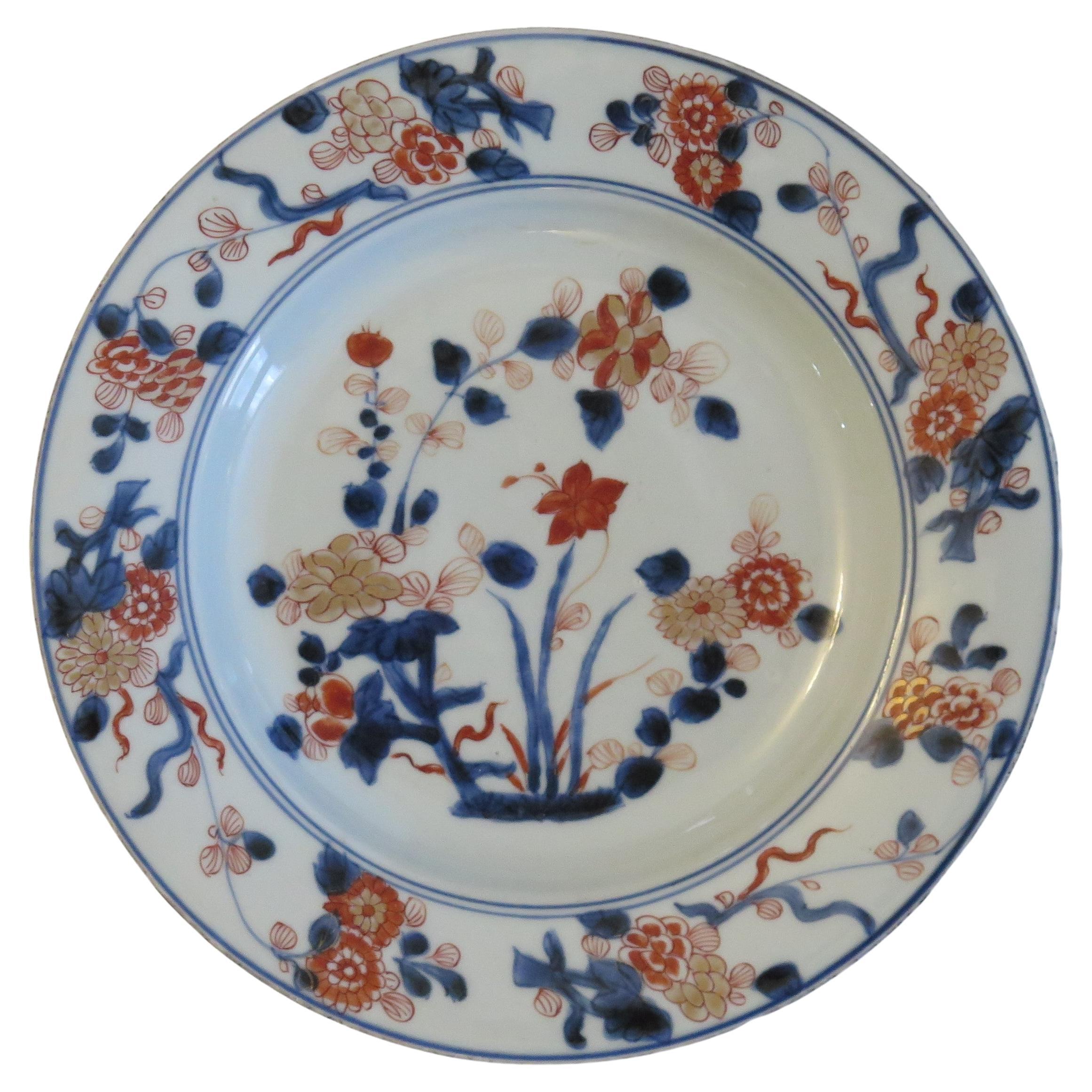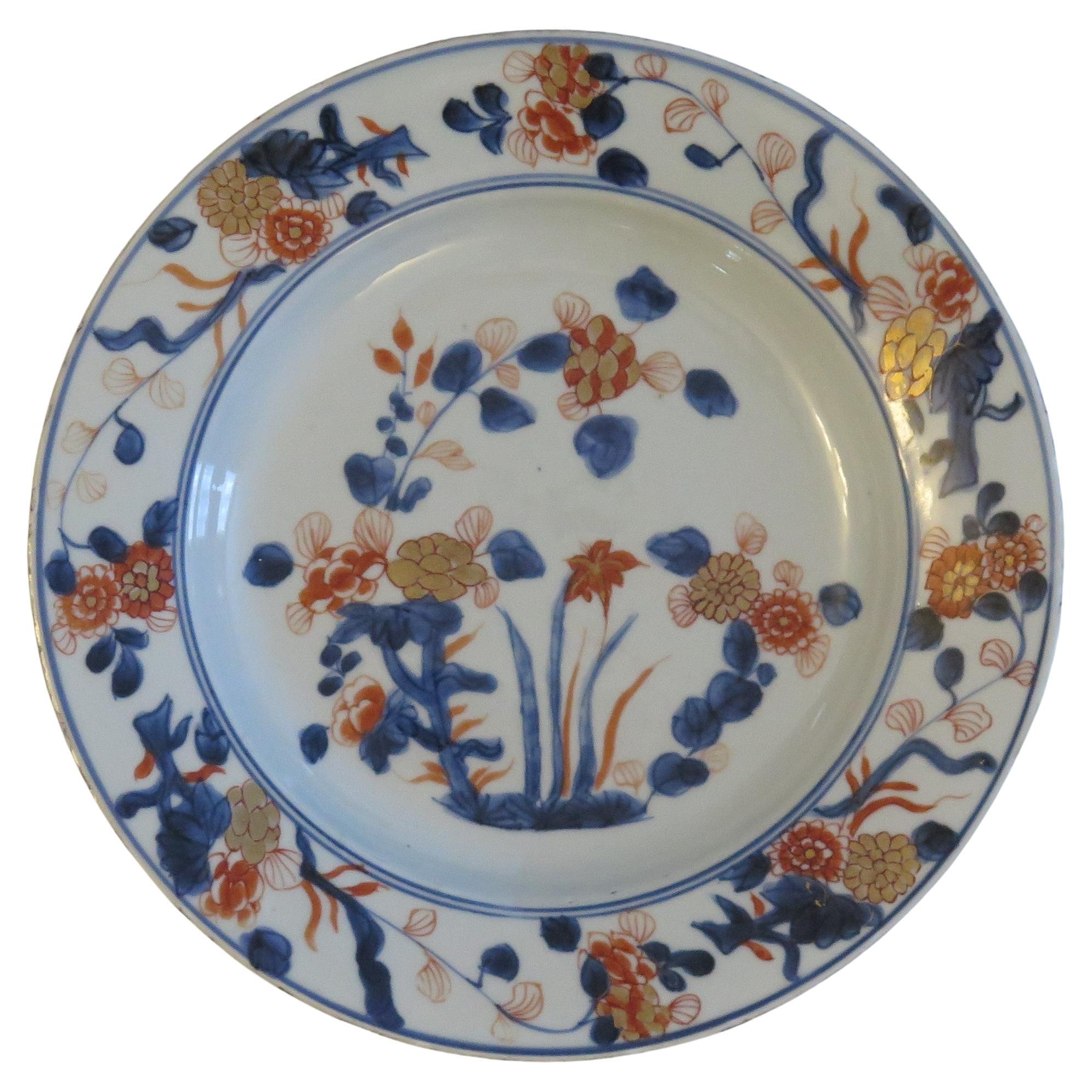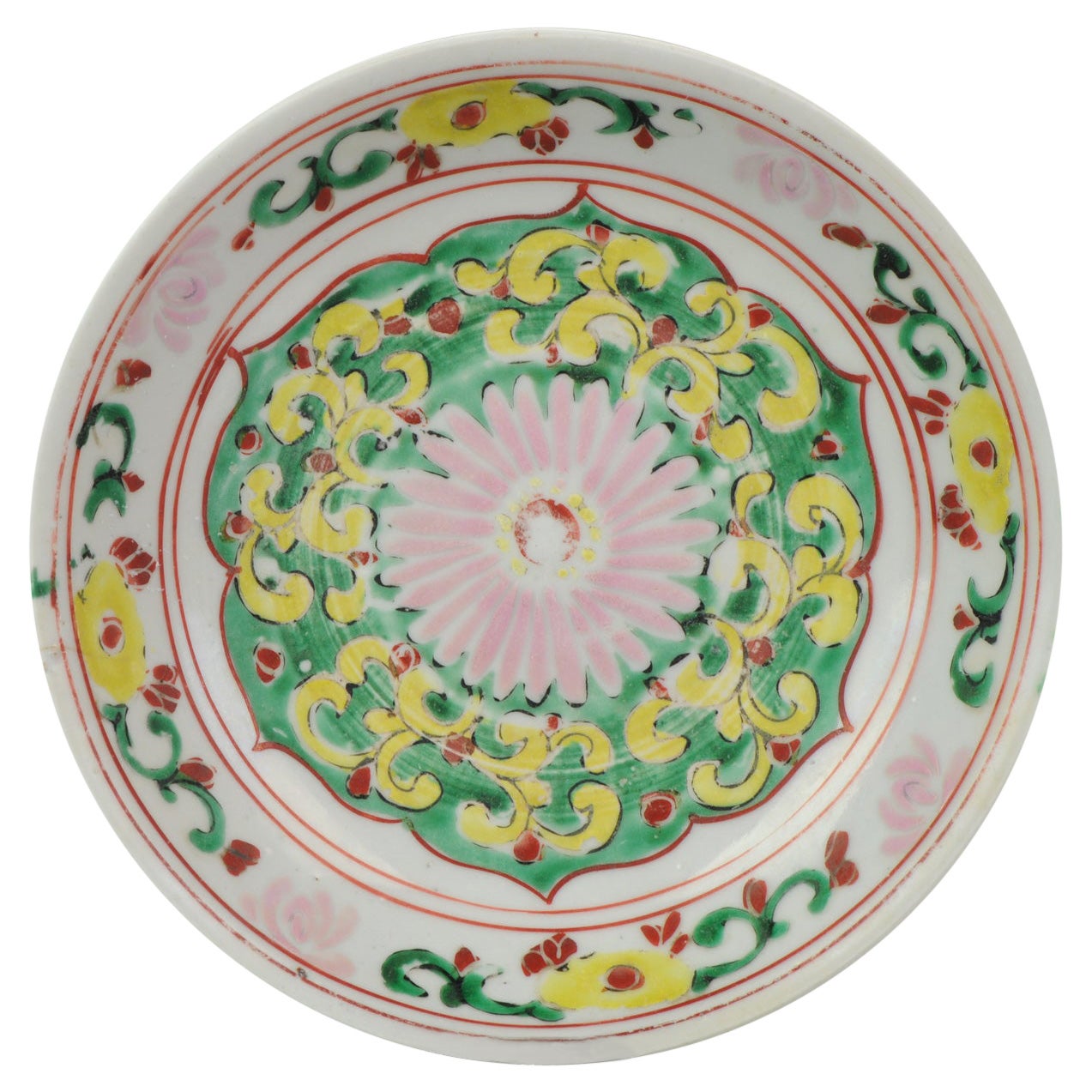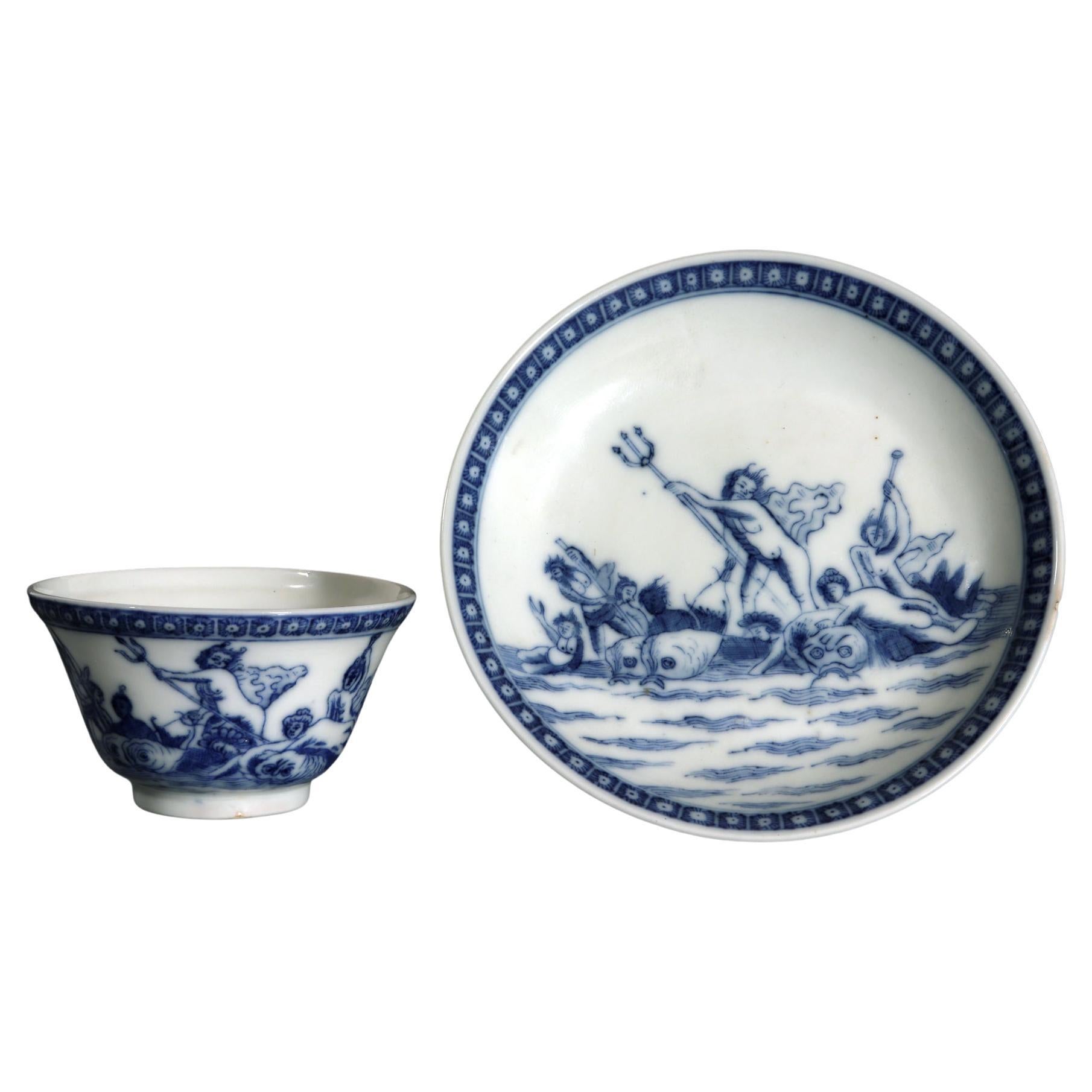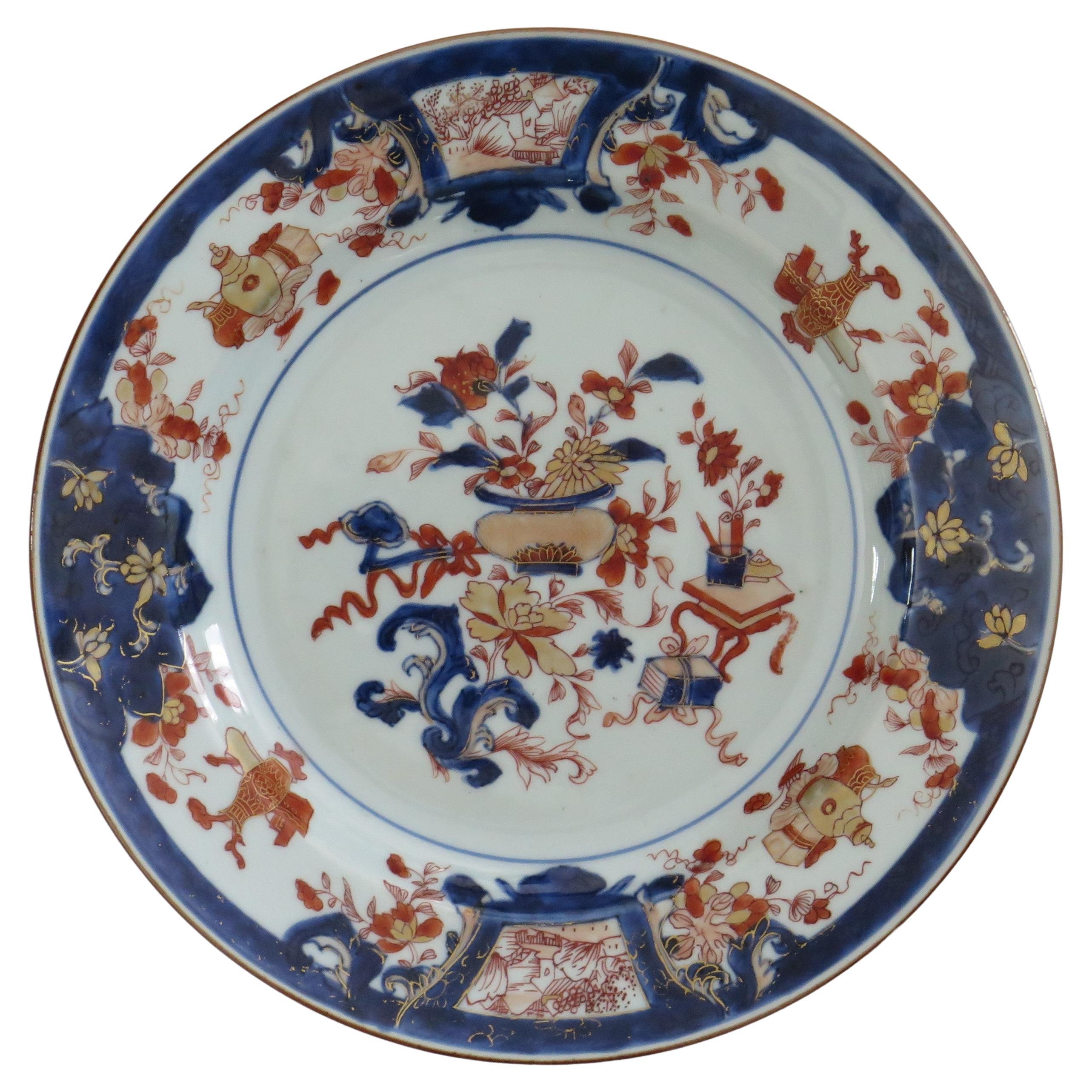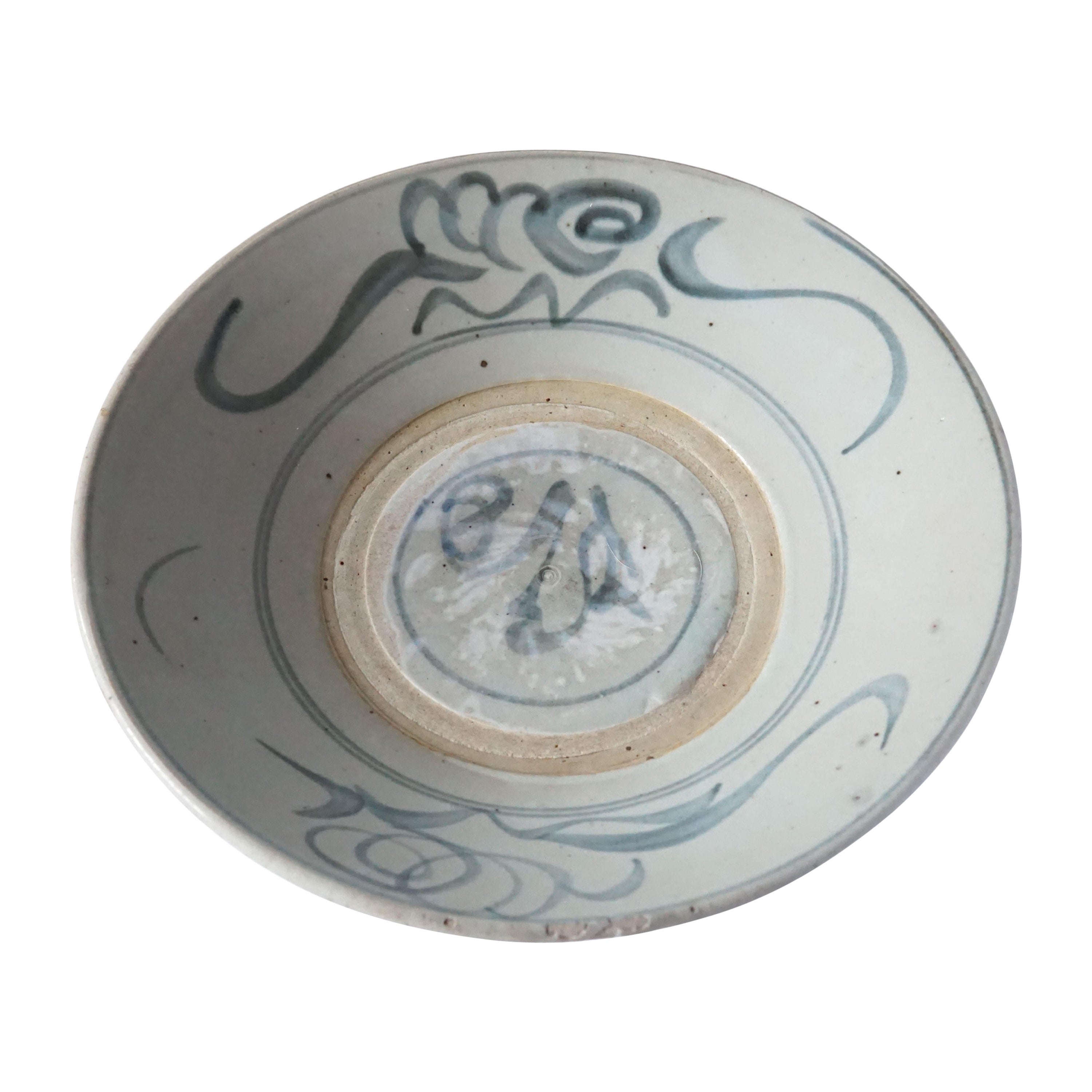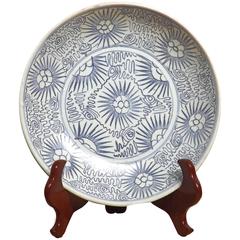
Chinese Qing Period Shipwreck Plate from the 'Diana'
View Similar Items
1 of 5
Chinese Qing Period Shipwreck Plate from the 'Diana'
About the Item
- Dimensions:Height: 2 in (5.08 cm)Diameter: 11 in (27.94 cm)
- Style:Chinese Export (Of the Period)
- Place of Origin:
- Period:
- Date of Manufacture:circa 1816
- Condition:Wear consistent with age and use. This is an authentic piece of shipwreck treasure, reclaimed from the ocean floor after nearly two hundred years. As such it is in excellent condition for what it is.
- Seller Location:Charlevoix, MI
- Reference Number:Seller: 15-2451stDibs: LU162725164033
You May Also Like
- Chinese Imari Porcelain Plate or Bowl Qing Kangxi Mark & period, Ca 1700Located in Lincoln, LincolnshireThis is a beautifully hand painted Chinese Export porcelain Plate or Bowl from the Qing, Kangxi period, 1662-1722, fully marked to the base with the Kang...Category
Antique Early 18th Century Chinese Chinese Export Ceramics
MaterialsPorcelain
- Chinese Porcelain Plate or Bowl Qing Kangxi Mark and Period, Ca 1700Located in Lincoln, LincolnshireThis is a beautifully hand painted Chinese Export porcelain Plate or Bowl from the Qing, Kangxi period, 1662-1722, fully marked to the base with the Kang...Category
Antique Early 18th Century Chinese Chinese Export Ceramics
MaterialsPorcelain
- Antique 18C Qing period Chinese Porcelain SE Asia Bencharong Plate ChinaLocated in Amsterdam, Noord HollandNice, rare and beautiful colors in enamel in the shape of a flower. These wares and their specific characteristics of wild colour and thick enamel have all the characteristics that we can also find in Straits and Bencharong wares. We quite often find whole collections of these thick ennameled & bright coloured 18th c plates stuck together in Dutch Indonesian...Category
Antique 19th Century Chinese Qing Ceramics
MaterialsPorcelain
$602 Sale Price20% Off - Chinese Imari Porcelain Plate or Bowl Qing Kangxi Mark and period, Ca 1700Located in Lincoln, LincolnshireThis is a beautifully hand painted Chinese Export porcelain plate or bowl from the Qing, Kangxi period, 1662-1722, fully marked to the base with the Kangxi period Artemisia Leaf mark within a double blue ring. The plate is of dinner plate size, finely potted with a carefully cut base rim and a lovely rich glassy, white glaze with a light blue tinge. The plate is carefully hand painted in a free flowing style, characteristic of the period, in varying shades of a clear cobalt blue, iron red and gold. The central well is decorated in the Imari style with flowering peonies, asters and other flowers and grasses, with a small insect flying above the flowers, all within two sets of concentric blue circles. The outer rim is richly decorated with flower sprigs and leaves, all within an outer blue circle. The base of the plate has a recognized and documented hand painted Kangxi symbol of an Artemisia Leaf, within a double blue ring. See Page 168 of "How to Identify Old Chinese Porcelain" by Willoughby Hodgson and published by Forgotten Books. A Kangxi plate...Category
Antique Early 18th Century Chinese Chinese Export Ceramics
MaterialsPorcelain
- A Chinese famille rose plate Yongzheng periodLocated in Dallas, TXA Chinese famille rose plate. Yongzheng period Decorated in the famille rose palette with peonies and other flowers. Country: China Period : Yongzh...Category
Antique 1730s Chinese Chinese Export Porcelain
MaterialsPorcelain
- Chinese Export Blue & White Tea Bowl and Saucer, Neptune, the God of SeaLocated in Downingtown, PAChinese Export Porcelain European-subject Blue & White Tea Bowl and Saucer, Neptune, The God of The Sea, Dutch market, Yongzheng Period, Circa 1730-35 The Chinese Export porcelain, probably made for the Dutch market, depicts Neptune, the God of the Sea, standing with his triton in the center of the design with a number of other figures to his left and right with three large fish or whales at his feet. The lower section of the design depicting the sea. The border of each piece with a repeating diaper design. Dimensions: Saucer: 4 1/2 inches diameter x 3/4 inch high (11.53cm diameter x 1.91cm high); Cup: 2 3/4 inches diameter x 1 3/4 inches high (6.99cm diameter x 4.45cm high). The design is after an etching called `The Realm of Neptune` by Frederick Bloemaert (c.1610-c.1669) completed between 1650-1656, after a drawing by his father Abraham Bloemaert (1566–1651). This is a Baroque design which is only found in blue and white on Chinese porcelain, it occurs on fine grained porcelain and Chinese soft-paste porcelain. Both dinner services and tea services were produced. The Metropolitan Museum of Art has a plate in their collection, Helena Woolworth McCann Collection, Purchase, Winfield Foundation Gift, 1966 (Ass. # 66.27.5). Reference: Jorg states "The depiction of Neptune, the God of the Sea of classical mythology occurs in several varieties on Chine de Commande from the 1740`s onwards. How well the design sold is illustrated by an order from 1778, when they sent a chocolate cup with this design as a model for similarly decorated plates. However, the Dutch merchants...Category
Antique 1730s Chinese Chinese Export Nautical Objects
MaterialsPorcelain
Recently Viewed
View AllMore Ways To Browse
Silk Cargo
Starburst Co
Shipwreck Ceramics
Cargo Porcelain
Straits Chinese
Dorian Gray
Shipwreck Porcelain
Used Wrecking Ball
Straits Chinese Furniture
Malaysia Porcelain Plates
Antique Chinese Furniture Malaysia
Chinese Export Canton Blue White Plate
Madras Silver
Straits Chinese Porcelain
Starburst China
Etcetera Etcetera
Red Gold Porcelain Plates
19th Century Dresden Porcelain
